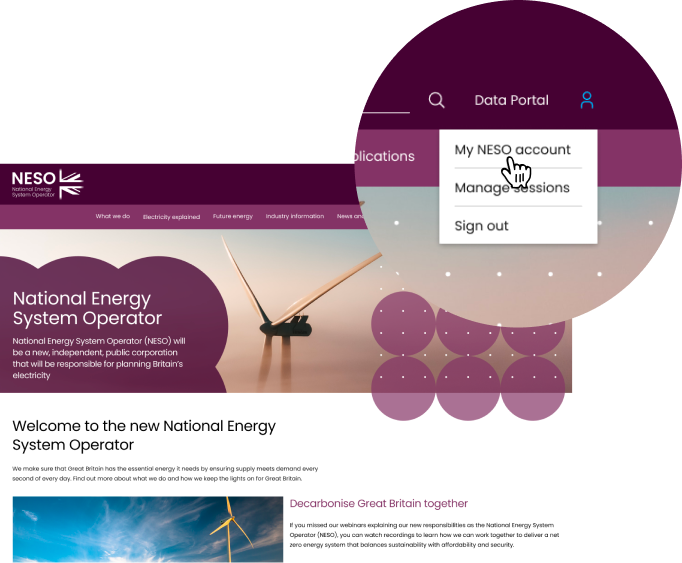Transformation to Integrate Distributed Energy
As NESO transitions to Net Zero, we are seeing a rapid increase in the volume of flexibility assets connecting to distribution networks. This increase is changing how the assets behave and unlocks additional flexibility for NESO and Distribution System Operators. Flexibility assets include wind, solar, EVs, batteries, and more.
A Future Energy Scenarios analysis from 2024 identified 32GW of Distributed Energy and Consumer Energy Resources (DERs and CERs) connected to the GB distribution networks, representing c30% of total capacity, which NESO has limited to no visibility of.
By 2030, this capacity could increase to as a much as 62 GW. NESO & Distribution System Operations need greater visibility of DER and CER assets to better plan, connect, and operate networks, increase market liquidity, and maintain system resilience through greater co-ordination between operational activities. Achieving these aims will become increasingly important as the installation of DERs and CERs accelerates.
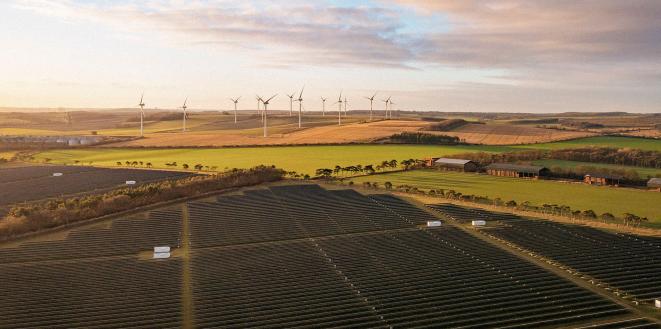
DERs
DERs are business-owned small-scale power generation, storage and demand devices connected to the distribution grid, located close to where energy is consumed.
Examples include medium sized solar farms, wind farms or batteries, commercial EV fleet charging, and industrial and commercial demand-side response from equipment or buildings (e.g. a water treatment works reducing its activity in response).
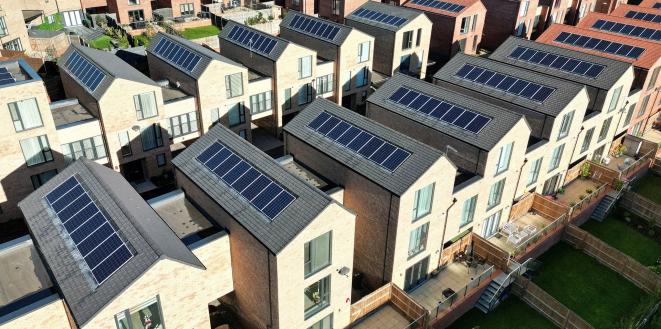
CERs
CERs are (residential) consumer-owned assets, that are connected to the distribution grid at the consumer premises.
The most common examples being EV charging (including vehicle-to-grid), heat pumps, HVAC, small-scale batteries and rooftop solar or wind.
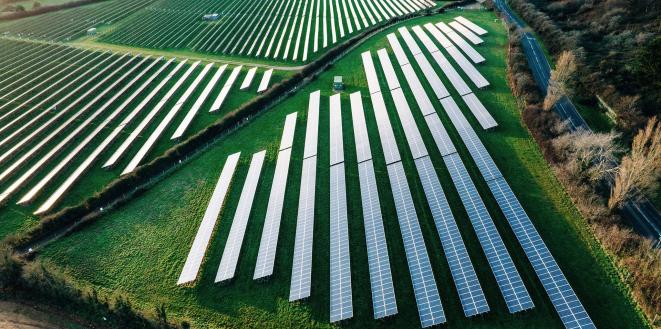
About TIDE
The Transformation to Integrate Distributed Energy (TIDE) is a transformative programme focused on improving real time operations, market facilitation, and strategic planning for Distributed Energy Resources (DERs) and Consumer Energy Resources (CERs).
Working collaboratively with industry partners, (DNOs, TOs, Market Participants, Market Platforms) the objective of TIDE is to deliver the policy (codes, licenses), business capability (people, process, organisation) and technology (data, systems, infrastructure) changes needed to deliver visibility of and access to DERs and CERS across all timescales (real-time to long-term) – receiving, procuring, storing, analysing, and making decisions on this data – to improve operation of the whole-energy system.
Vision
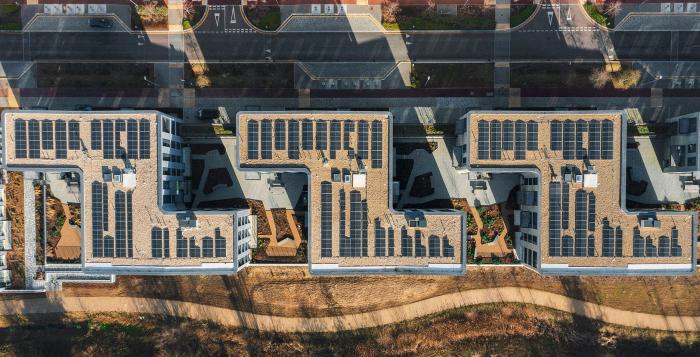
By 2030, GB electricity System & Network Operators have visibility and access to Distributed & Consumer Energy Resources across all timescales to optimise delivery of end-consumer benefits.
Strategy
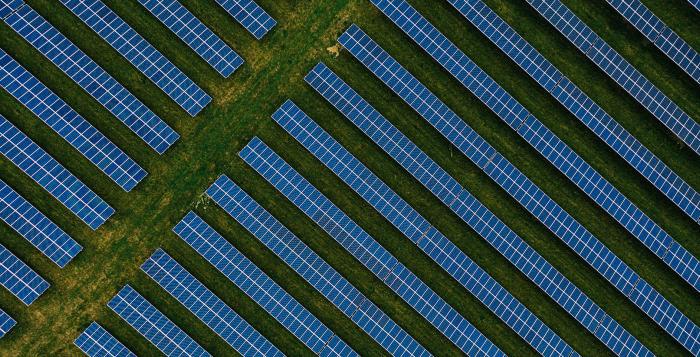
Our strategy is to collaborate with industry to agree the vision for the TIDE Programme, a roadmap for delivery of the vision and to coordinate delivery of this roadmap within NESO and across industry, delivering tactical and strategic changes in parallel.
Benefits
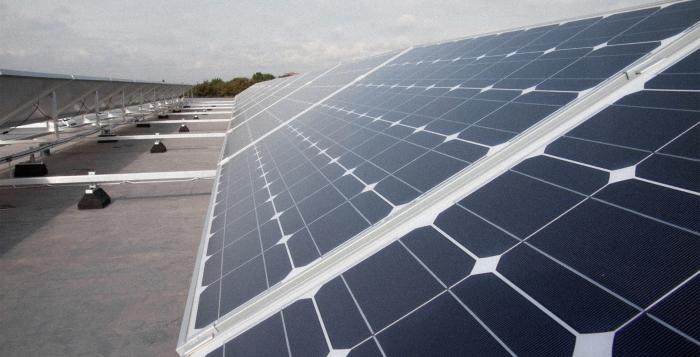
An initial estimate of the benefits case for the visibility and access to distributed and consumer resources forecasted benefits of £150m / year for NESO alone (2022 estimate).
